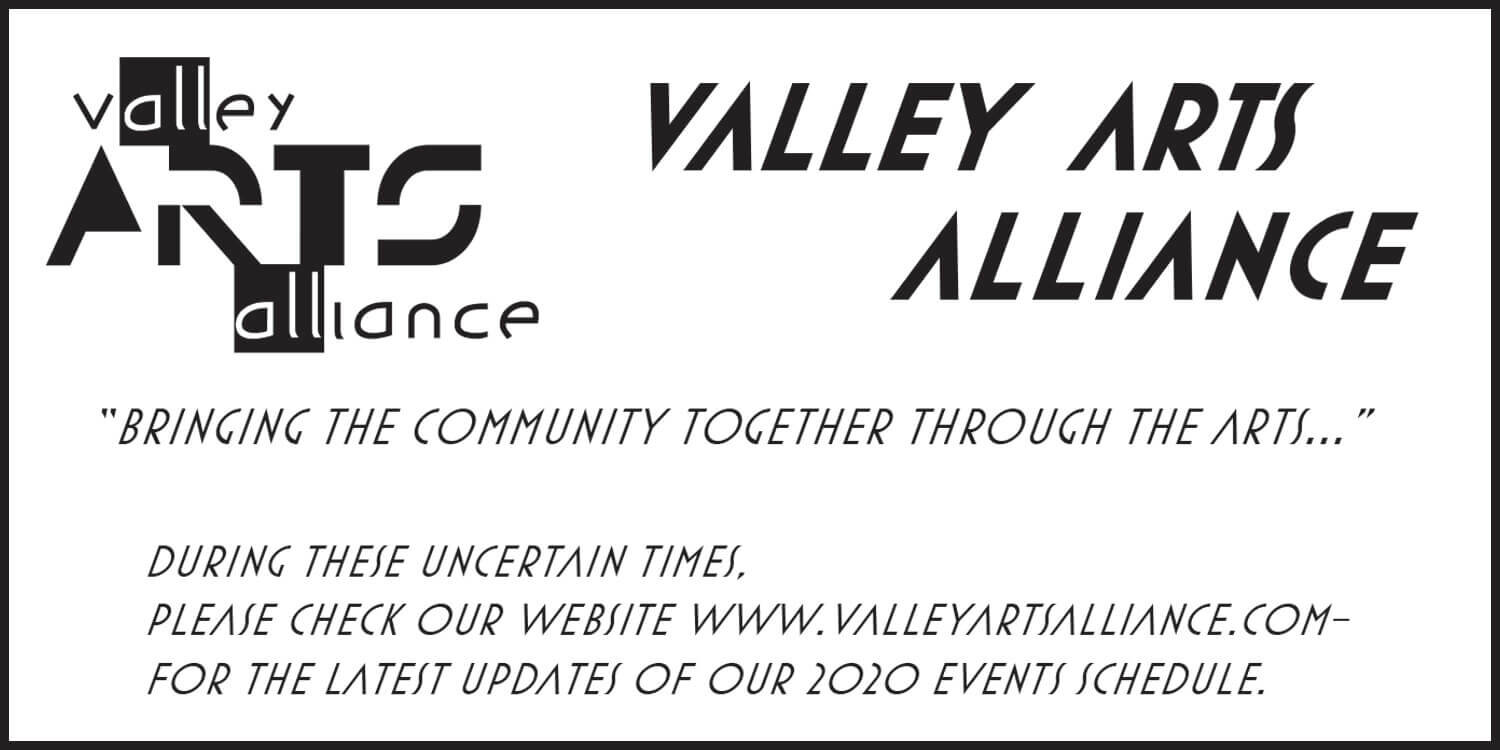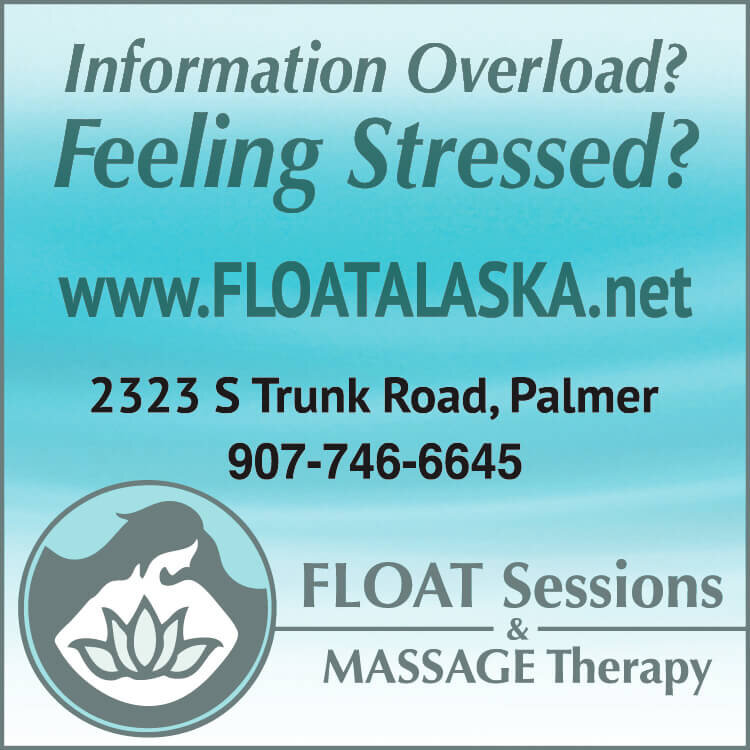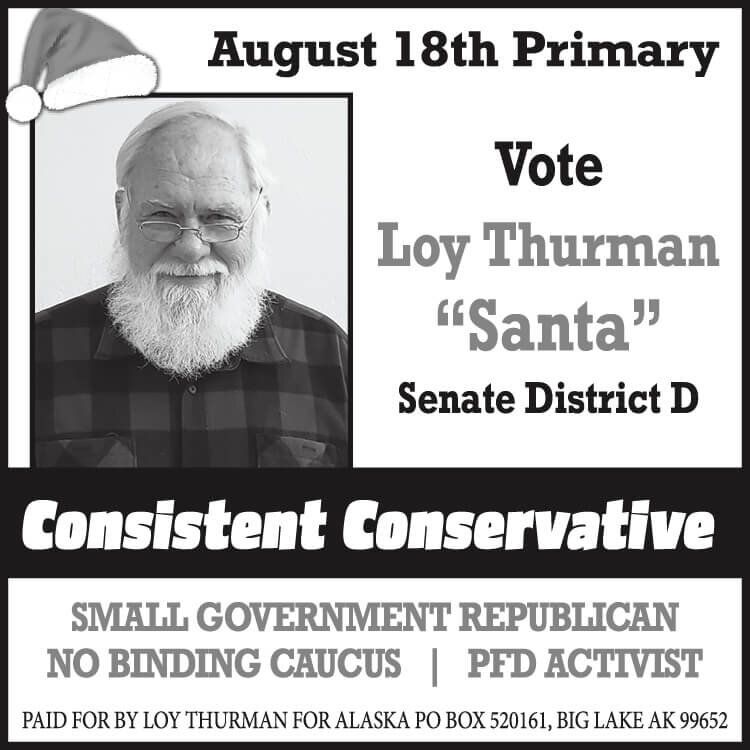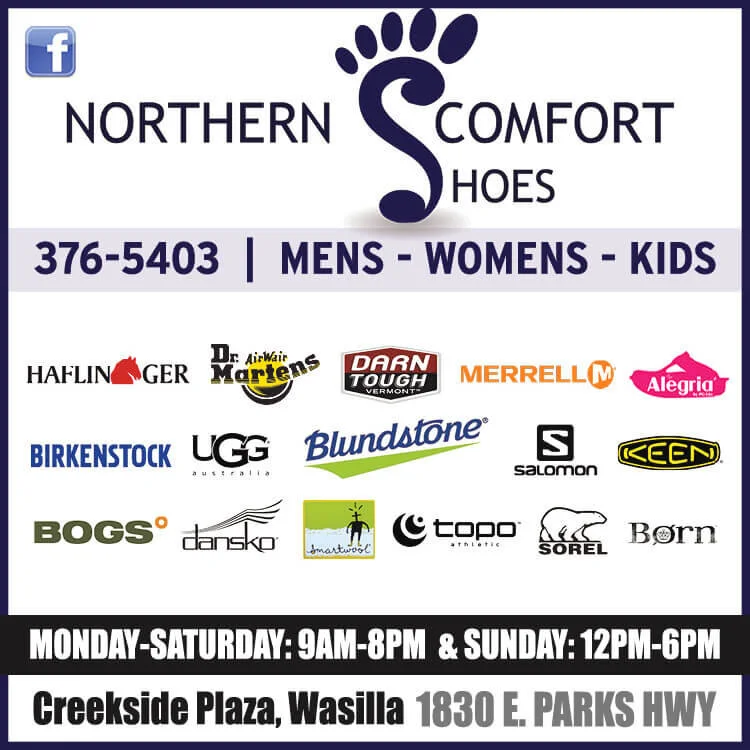Contributed by David Boyle
The recently-released PEAKS student test scores should be eye-opening for parents, students and every Alaskan who values public K-12 education. Unfortunately, these recent test scores are not just an anomaly; they are further evidence that Alaska’s K-12 education system needs some drastic reforms and quickly. Otherwise, this state will continue to lose ground in its competitiveness with other states and more importantly, fail its children.
As a think tank, we at the Alaska Policy Forum always search for the elemental root causes of a problem, rather than trying to identify fixes to only the symptomatic issues. You see, just addressing symptoms does not guarantee that that same problem will not crop up again. Let’s look at the evidence and symptoms of Alaska’s overall mediocre K-12 education system.
“These recent test scores are not just an anomaly.”
As shown in this chart, in the past 10 years Alaska students have scored either at the bottom or near the bottom in 4th grade reading on the National Assessment of Educational Progress (NAEP (National Assessment of Educational Progress: www.nationsreportcard.gov). As a matter of fact, Alaska scores are well below states like Florida, which has a much more diverse population. Here are the NAEP results for Alaska and the nation (NAEP is administered every two years in reading, math and science). We chose 4th grade reading as our metric because it is well-known that a child “learns to read” by 4th grade so he/she can “read to learn” in future grades.
NAEP Reading Scores - ALASKA 2003-2015
In the NAEP, a 10-point difference in scores indicates a full year of learning. Extrapolating that further would mean that each point approximates one month. Thus, in 2015, Alaskan 4th grade students tested about eight months behind the “average” student in the nation. The evidence is clear that our Alaskan K-12 education system is under-performing. What is the solution? Should we put more money toward the problem, expecting improvements? Incidentally, Alaska spends more per student than every other state except New York. Source Data: NAEP vs Per Capita K12 Spending-2 Jan 31 2017
NAEP Scores - AK vs. Nation
More money may be exacerbating the problem and incentivizing bad behavior because districts with poor performance in Alaska receive more funding. Who is accountable for these less-than-stellar results? Parents, students, teachers or the education industry?
“We need accountability throughout the system . . .”
Accountability is the key to solving the root causes of our K-12 education system’s low performance. We need accountability throughout the system, including for administrators, school boards, principals, educators, state government and parents. Principals and teachers need to be empowered, but at the same time held accountable. The Alaska Department of Education & Early Development and the legislature need to demand results from school districts and schools. Rather than allocating more funding to poorly-performing schools, the state needs to reward the better-performing schools with additional resources. Incentivizing bad behavior results in more of the bad behavior.
Here’s a parallel example: Let’s say you absolutely need to buy a new car. You have already done your research and can identify the least-valued cars. You visit the car dealer and want to purchase the best brand, only to find out that particular automobile is out of stock due to very high demand. Then the salesperson shows you a Yugo (vehicle with the worst reliability and lowest value). The dealer has dozens of these on his lot. What do you do? Well, you need a car to get to work or you lose your job. So you buy the Yugo only to have the wheels fall off while driving the car home. You take the car back to the dealer. He tells you that you bought a lemon and it’s not his fault. He blames you for buying the only car available. Well, that’s exactly what is happening with our charter and alternative schools.
“There are thousands of children on the waiting lists for these good schools . . .”
You see, there are some excellent charter and alternative schools in Alaska. In the Anchorage School District alone, there are thousands of children on the waiting lists for these good schools. But just like the car dealer, the District will not expand its supply to meet the demand from parents.
There is a solution to this impasse: Allow the university, local governments, the State and even non-profits to authorize (start-up) charter schools. That would surely provide more educational options for parents, as well as provide more competition for the Alaska education monopoly. The legislature needs to do this so it can be accountable to the thousands of kids on these waiting lists. This is only one form of competition that would allow children to reach their potential and a successful life.
There are many other solutions such as Education Savings Accounts, more equitable funding for homeschooling and charter schools and allowing teachers and subject experts from outside to teach Alaska children via distance learning. The Alaska K-12 education system needs radical reform. And it needs it now so Alaska can compete in the business world and more importantly, so Alaskan children can reach the stars and be productive citizens.
David Boyle is the board chair and research associate for the Alaska Policy Forum.















































